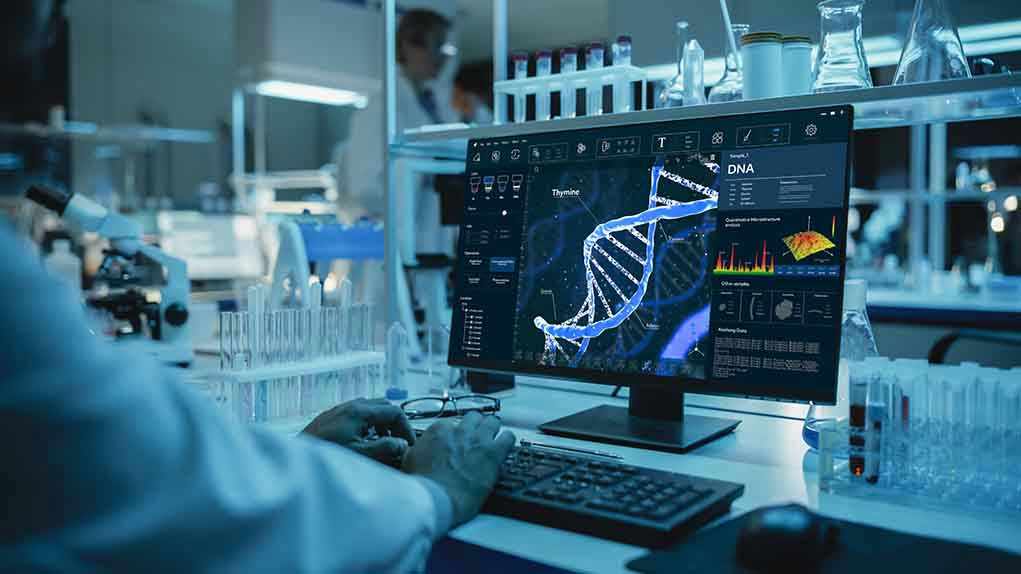
Groundbreaking DNA technology has shattered what criminals once thought was the perfect cover—being an identical twin—leading to the first U.S. conviction where advanced genetic analysis distinguished between twins in a decades-old rape case.
Story Highlights
- Russell Marubbio convicted in 1987 Virginia rape using revolutionary DNA technique that distinguishes identical twins
- First U.S. case where deep genome sequencing and somatic mutation analysis secured a twin conviction
- Prince William County cold case cracked after 38 years through advanced forensic genealogy methods
- Legal precedent established for next-generation DNA sequencing evidence in criminal courts
Historic Breakthrough Solves 38-Year Cold Case
Russell Anthony Marubbio was convicted in August 2025 for a brutal rape that occurred December 19, 1987, in Woodbridge, Virginia. The case remained unsolved for decades because DNA evidence pointed to identical twins Russell and Raynard Marubbio, but traditional forensic testing could not distinguish between them. Prince William County investigators reopened the case in 2019 using modern forensic genealogy, finally identifying the twin brothers as suspects through advanced genetic analysis techniques.
The victim survived the attack and provided crucial evidence that enabled investigators to preserve DNA samples for future analysis. Commonwealth’s Attorney Amy Ashworth called the conviction a “landmark” achievement for forensic science and justice. This case represents a watershed moment where cutting-edge genomics solved what was previously considered an unsolvable criminal puzzle involving identical genetic profiles.
Revolutionary DNA Analysis Technique Breaks New Ground
Parabon NanoLabs conducted deep whole-genome sequencing to identify rare somatic mutations that distinguish identical twins. Traditional DNA profiling using STR analysis could only narrow suspects to both twins, not identify the specific perpetrator. The advanced technique analyzes minute genetic differences that occur naturally after birth, creating unique molecular fingerprints even in genetically identical individuals.
This forensic breakthrough required analyzing millions of genetic markers compared to the standard 20-24 markers used in traditional DNA testing. The Virginia Department of Forensic Science developed the initial DNA profile, while Marshall University Forensic Science Center assisted with genetic genealogy analysis. Forensic genealogist CeCe Moore played a crucial role in identifying the twin suspects through family tree construction and genetic database comparisons.
Legal Precedent Established for Advanced Forensic Evidence
The January 2024 court acceptance of next-generation sequencing evidence marked the first successful admission of this technology in U.S. criminal proceedings. Previous attempts to use similar evidence failed, including a 2017 Massachusetts case where NGS evidence was ruled inadmissible due to concerns about technological maturity. The Marubbio conviction establishes crucial legal precedent for forensic laboratories seeking to implement whole-genome sequencing capabilities in criminal investigations.
Decades after a brutal rape, a groundbreaking technique has finally exposed the attacker, solving a puzzle that once stumped investigators: how to tell identical twins apart… https://t.co/YpTQWMt8c4
— Newser (@Newser) September 22, 2025
This precedent strengthens law enforcement’s ability to solve complex cases while maintaining rigorous scientific standards. The forensic community now has validated methodology for distinguishing identical twins, potentially solving hundreds of cold cases where twin suspects previously escaped prosecution. Legal experts emphasize the importance of judicial scrutiny and proper validation before widespread adoption of advanced genetic evidence in criminal proceedings.
Sources:
Breakthrough in Twin DNA Analysis Leads to Historic Conviction in 1987 Virginia Rape Case
Identical Twin Convicted in 1987 Virginia Cold Case Through Rare Breakthrough
DNA Analysis Leads to Individual Twin in 1987 Rape Cold Case
New DNA Test Can Distinguish Identical Twins












